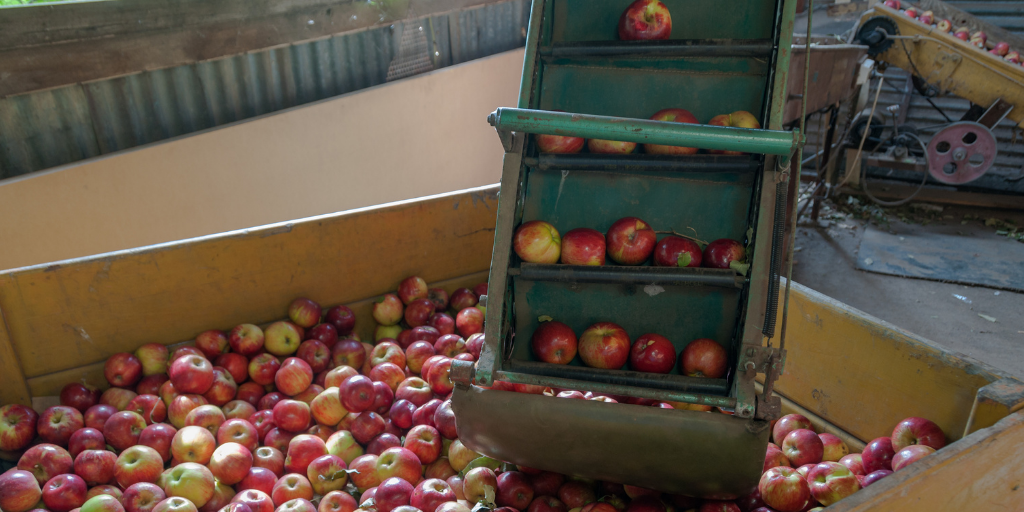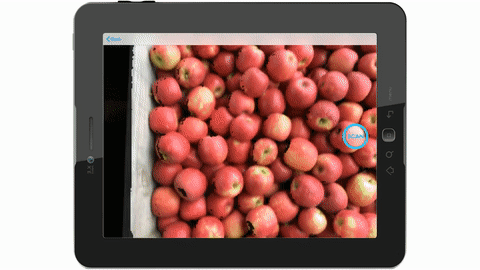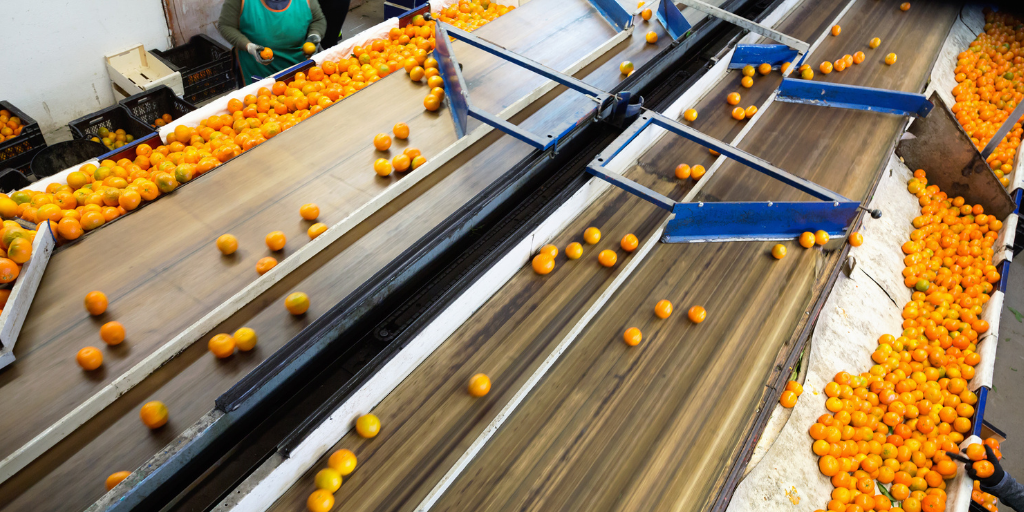Growers who sell to the fresh market know better than anyone that color matters: accurate classification is the key to quality assurance and integral to success in commercial-scale produce markets. Apart from filtering out obvious disease, color is a primary classifier for selling fruit in graded classes. Contemporary tech solutions compliment the human sorting touch, while speeding up the processing element of harvest. Having the right tools in your QA supply toolkit improves your competitive advantage in the highly time-sensitive world of perishable goods.
Grade standards are formed by interrelated criteria defined by international and regional parameters, as well as internal brand specifications. Using apples as an example, U.S. Grade Standards No. 1 and No. 2 are relatively different in the percentage allowance of defects per apple that might end up being removed as waste when utilizing. U.S. No. 1 permits five percent or less defect, and U.S. No. 2 permits twelve percent or less.
These grades do not encompass size criteria – this specification is determined between the grower and the seller. Internal grading standards correlate to market demand. The apple industry’s top grades are associated with the most appealing and precise hue and size ranges, with lower grades allowing for greater variability due to being valued for processing.
Optical technology for color sorting precision
If you’re operating a large packing house, you likely have some type of mechanized packline or sorter involved in your process. Once the fruit has been harvested, save an immense amount of time sorting and grading with an optical packline solution that promotes consistency in packouts and detects defective fruit better than what is possible with the human touch.

Large, facility-located optical systems like those of Compac, MAF, Greefa, and others can analyze and sort individual fruit by capturing dozens of digital images to ensure the highest possible accuracy.Program the sorter with hue ranges that apply to each grade standard and receive a packout result with the lot’s composition breakdown. This comprehensive type of system offers a lot of pay off in the longer view with its high capacity, however the commitment to investment remains high, with upfront costs to adopt and procedures to implement across packhouse staff.

Harvest Quality Vision (HQV) technology
HQV is a quality assurance tool that can complement your existing packhouse infrastructure with optical tech that doesn’t break the bank, or function as a standalone scanning and data tracking tool. Harvest Quality Vision technology offers comparable color detection functionality to that of an optical packline, with the major advantage of mobility.
If you can scan a bin sample off the truck before processing in the packhouse, insights regarding what’s on the way from the field and will be headed to storage thereafter can be determined before all the procedures are complete. The color classing begins before the fruit enters the sorter. This way you can refine what is selected for picking as harvesting is under way, saving time and labor in the pre-sorting process.
Interested in learning more about Croptracker? Learn more about our Farm Management Software, or book a demonstration to schedule a meeting with our product experts.
And as always, if you're ever stuck, never hesitate to e-mail us at support@croptracker.com or Live Chat with us by clicking the green speech bubble ![]() in your bottom right-hand corner. We're always happy to help you make the most of Croptracker to make your farm more efficient, safer, and more profitable!
in your bottom right-hand corner. We're always happy to help you make the most of Croptracker to make your farm more efficient, safer, and more profitable!


